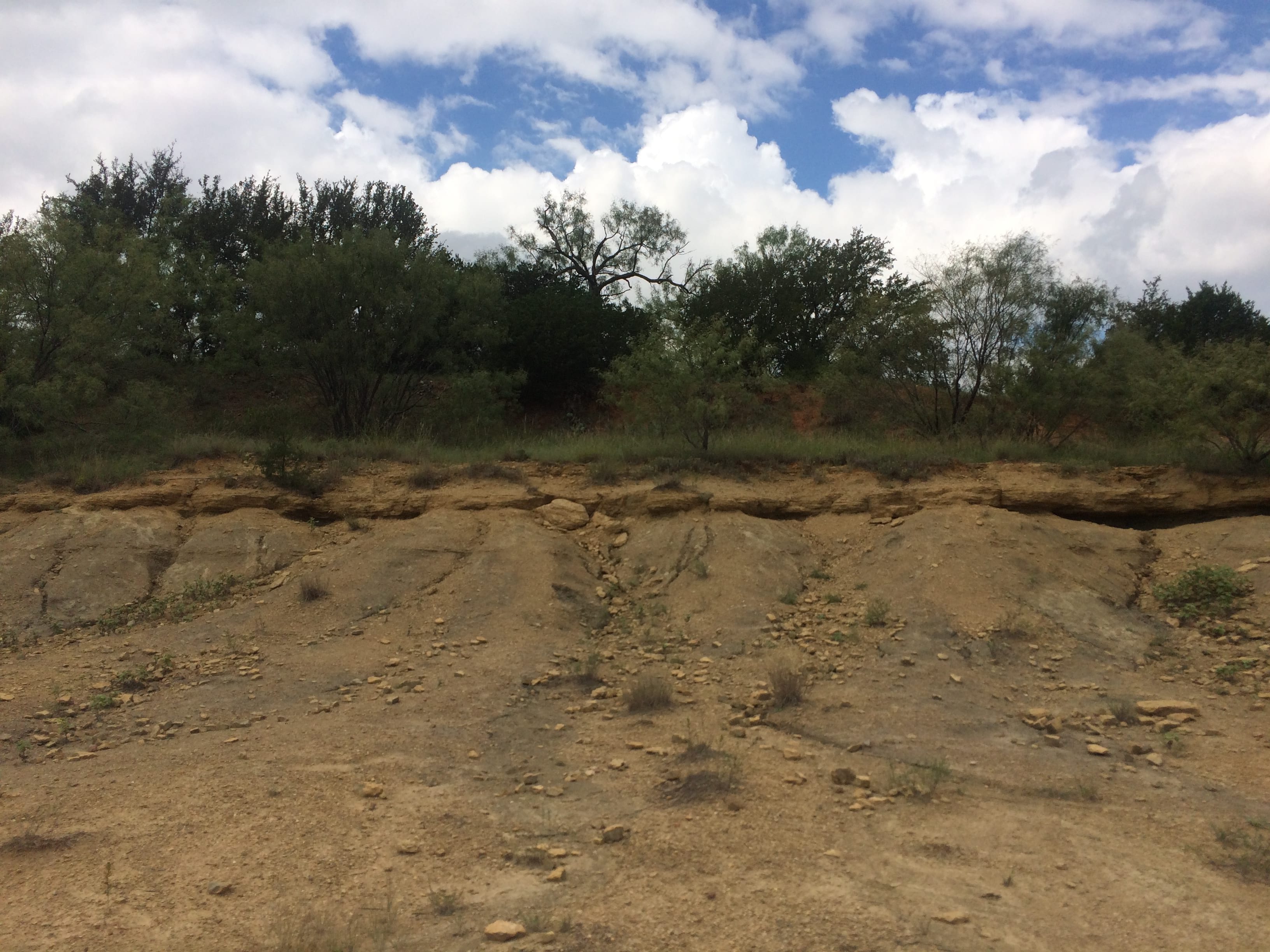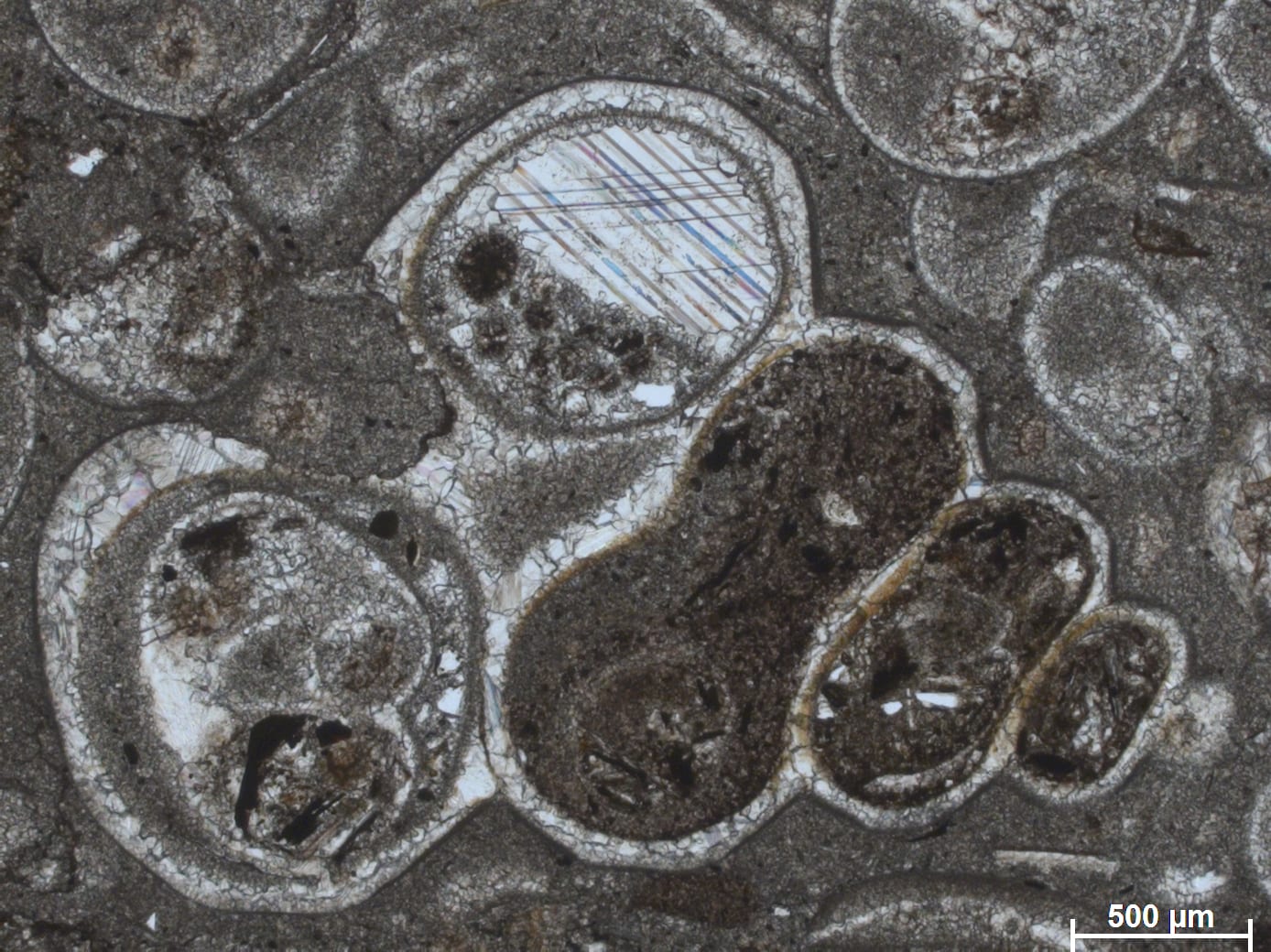Structure of marine ecosystems during the Late Paleozoic Ice Age
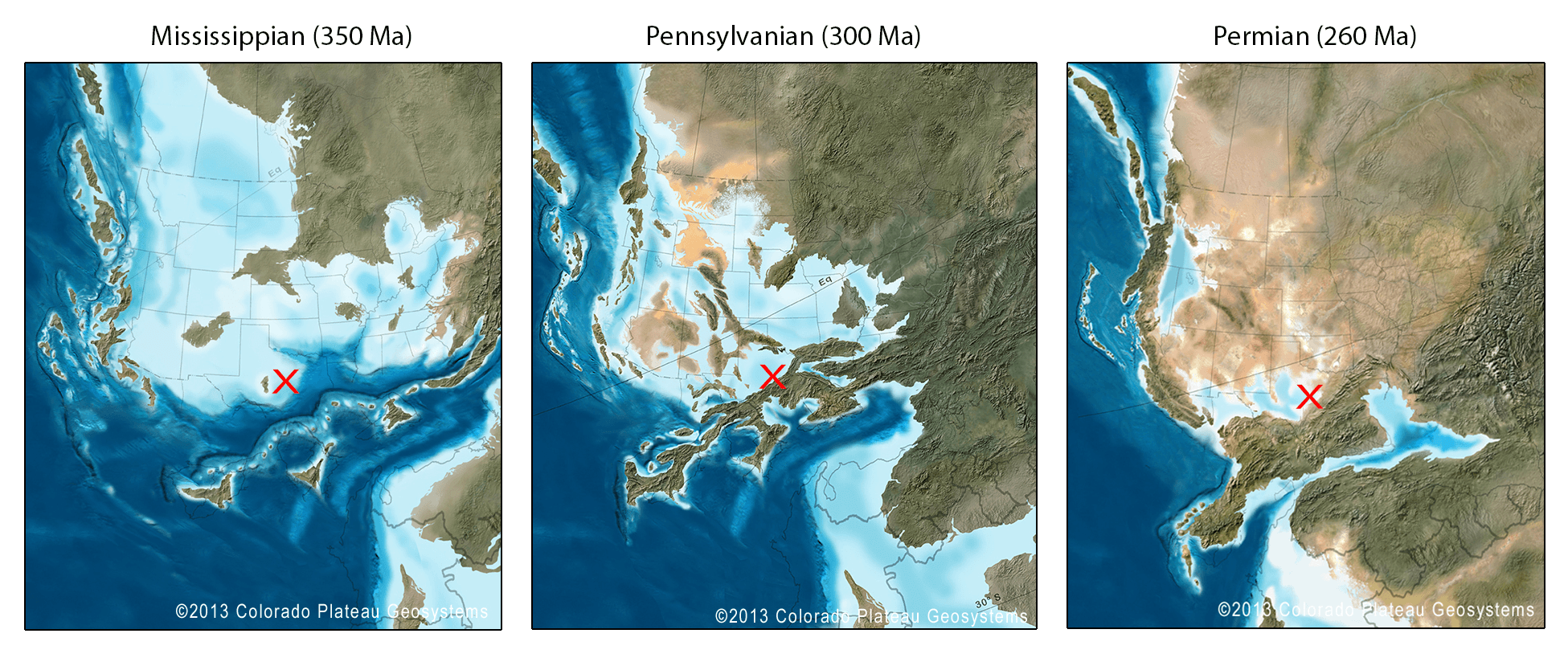
The Late Paleozoic Ice Age saw significant ecological change in marine communities, often attributed to climatic and environmental instability at the time. Glaciation in the Late Mississippian (Carboniferous Period) is associated with a biodiversity crisis in the early Serpukhovian stage. Following this interval, diminished rates of extinction and origination are observed in marine fauna relative to other Paleozoic intervals. This project aims to explore the paleoecological impact of this interval of sluggish macroevolutionary processes on the structure of marine communities at the time.
For interested students, this project involves field work in:
– The Paleozoic of Texas (Fort Worth Basin, Permian Basin)
– The Paleozoic of Arkansas and Oklahoma (the Ozarks)
– The Paleozoic of New Mexico (Sacramento Mountains and Paradox Basin)
The Pennsylvanian (Late Carboniferous) Mineral Wells Formation at Mineral Wells Fossil Park
Predation and parasitism on sea urchins during the Mesozoic Marine Revolution
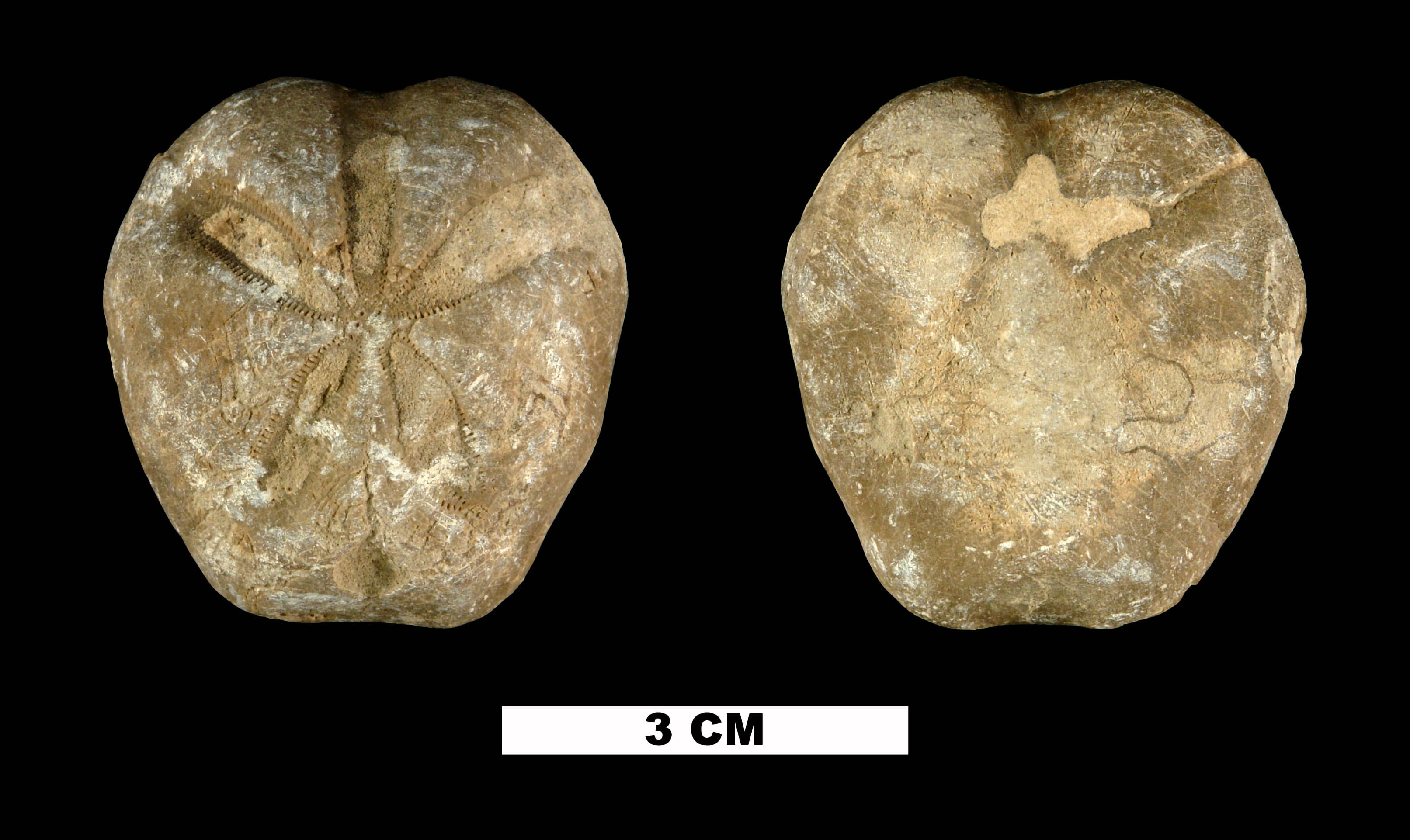
Drill holes are one of the most straight-forward traces of predatory (or parasitic) behavior that paleoecologists can use to study ancient predator-prey interactions. The vast majority of studies have been focused on mollusk-associated drill holes, but echinoids offer an underutilized source of drill hole data. Echinoids (a.k.a. – sea urchins, sand dollars, sea potatoes and sea biscuits) have an extensive fossil record, especially in the Mesozoic and Cenozoic. Their modern antagonists include the cassids (helmet snails) and eulimid gastropods, which are known to prey upon and parasitize most living echinoids. This project aims to explore the paleoecological history of these biotic interactions in deep time through study of the drill hole traces found on fossil echinoids. This is part of the larger Echinoid-associated Traces Database (EAT-D) project that aims to compile a comprehensive list of echinoid-targeting biotic interactions and the traces these interactions leave on the echinoid test, both in ancient and modern settings.
For interested students, this project involves work in: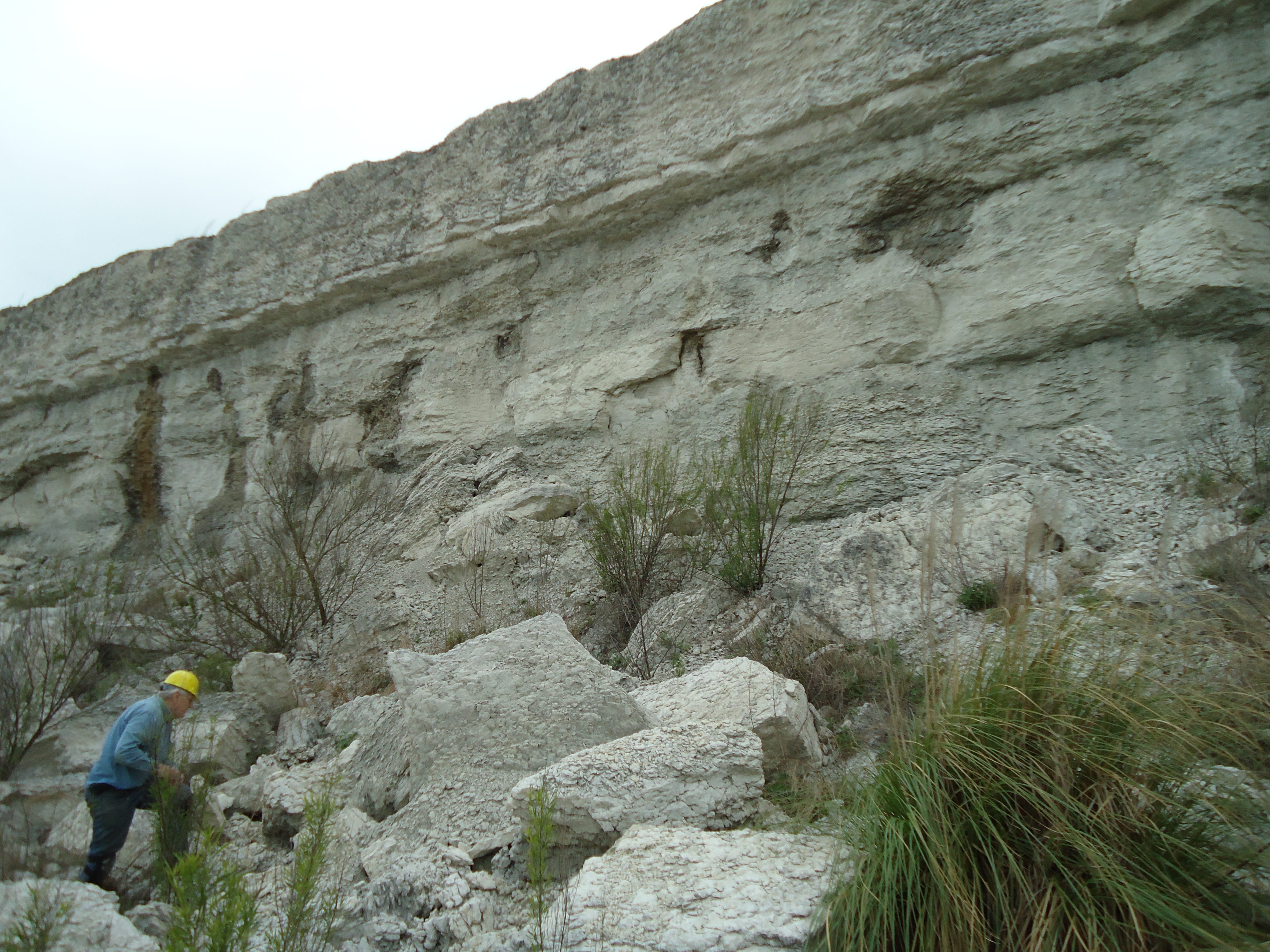
– Museum collections around the world
– Field work in the Cenozoic Atlantic Coastal Plain
– Field work in the Cretaceous of Texas
The Late Cretaceous Walnut Formation near Austin, Texas
Paleoecology of recovery in marine ecosystems following the Permian-Triassic Mass Extinction
The Permian-Triassic Mass Extinction was the largest extinction in the history of animal life. Marine ecosystems experiences a 75-95% species loss during this interval, and the evolutionary history of several animal groups was significantly shaped by this event. I am interested in exploring the paleoecology of recovery in the aftermath of this event, and explore the implications for the evolutionary history of animal lineages that survived and thrived during this time of environmental upheaval.
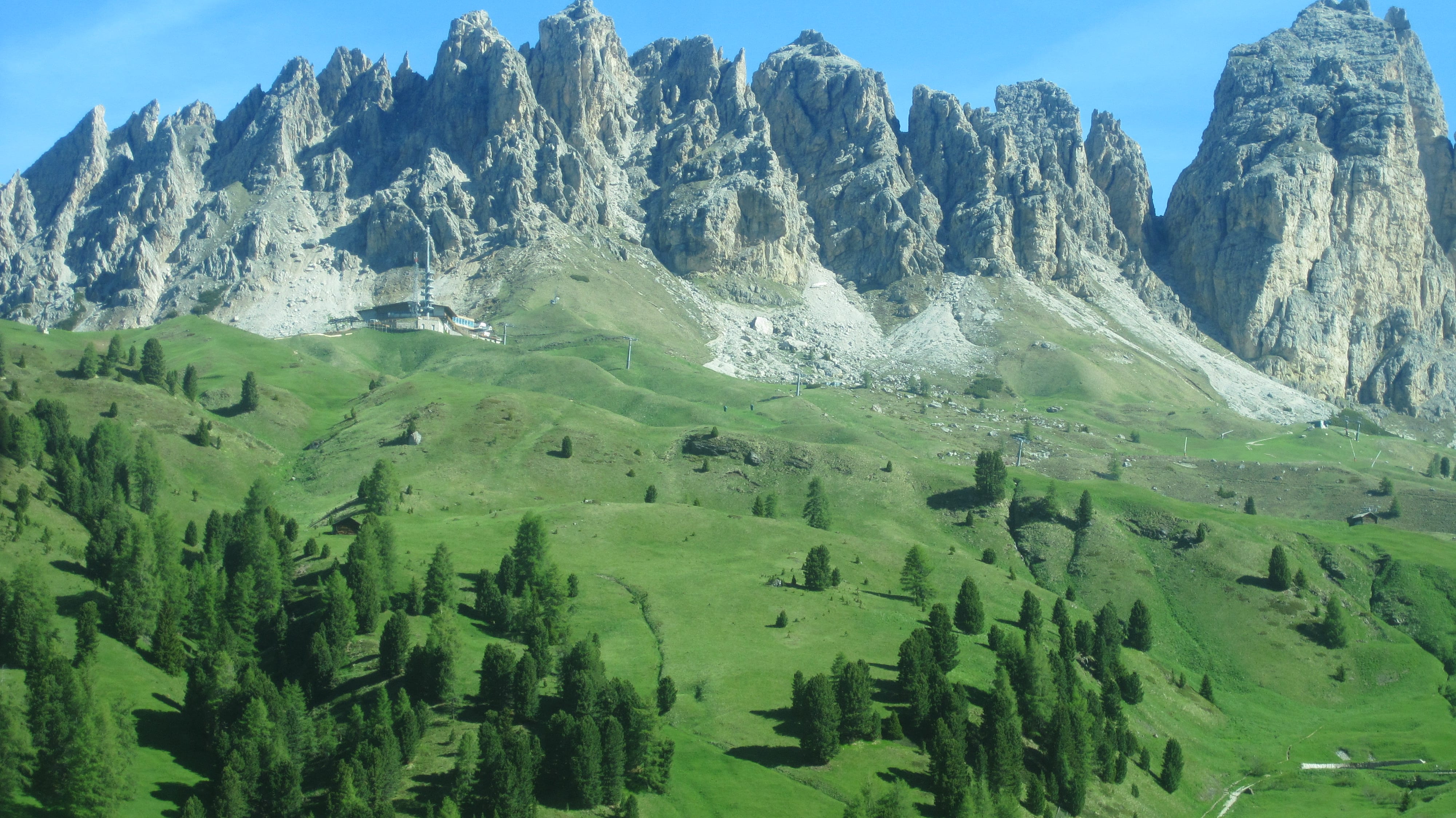 For interested students, this project involves work in:
For interested students, this project involves work in:
– The Early Triassic of the Western U.S.A. (Montana, Utah, Nevada)
– The Permian and Early Triassic of Europe (Italy)
The Werfen Formation (Early Triassic) in the Italian Dolomites
